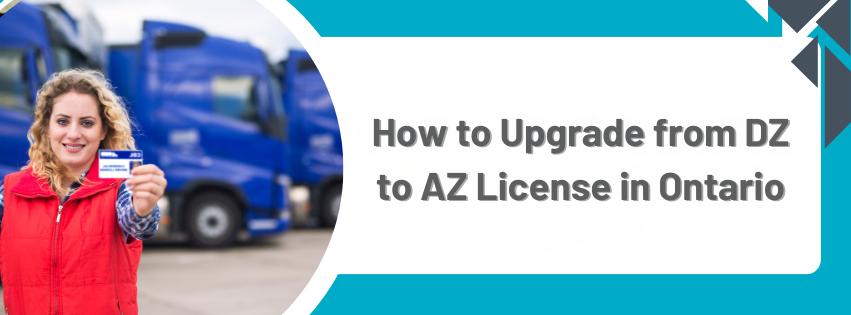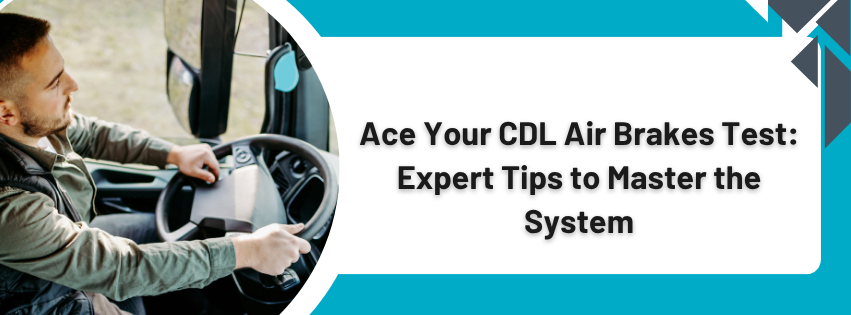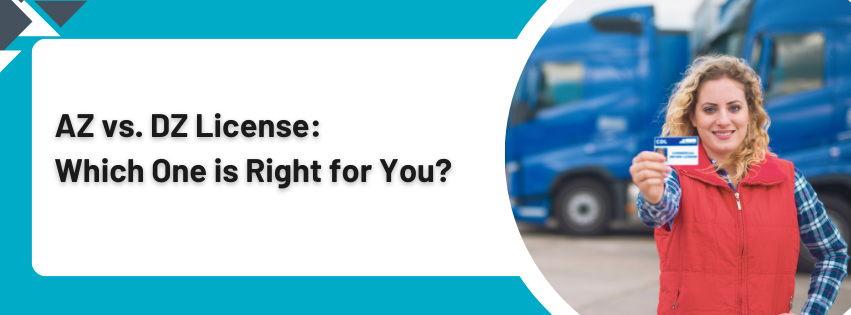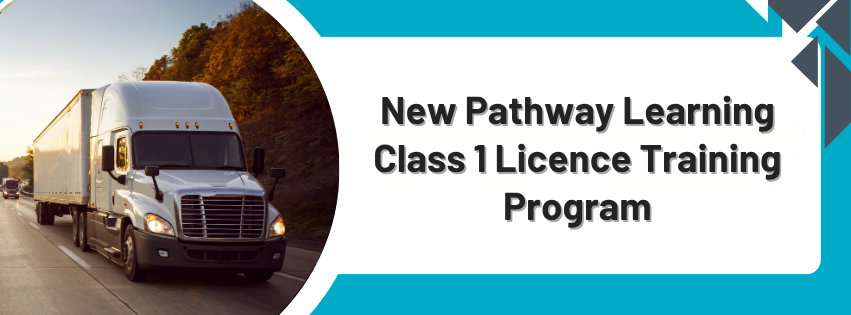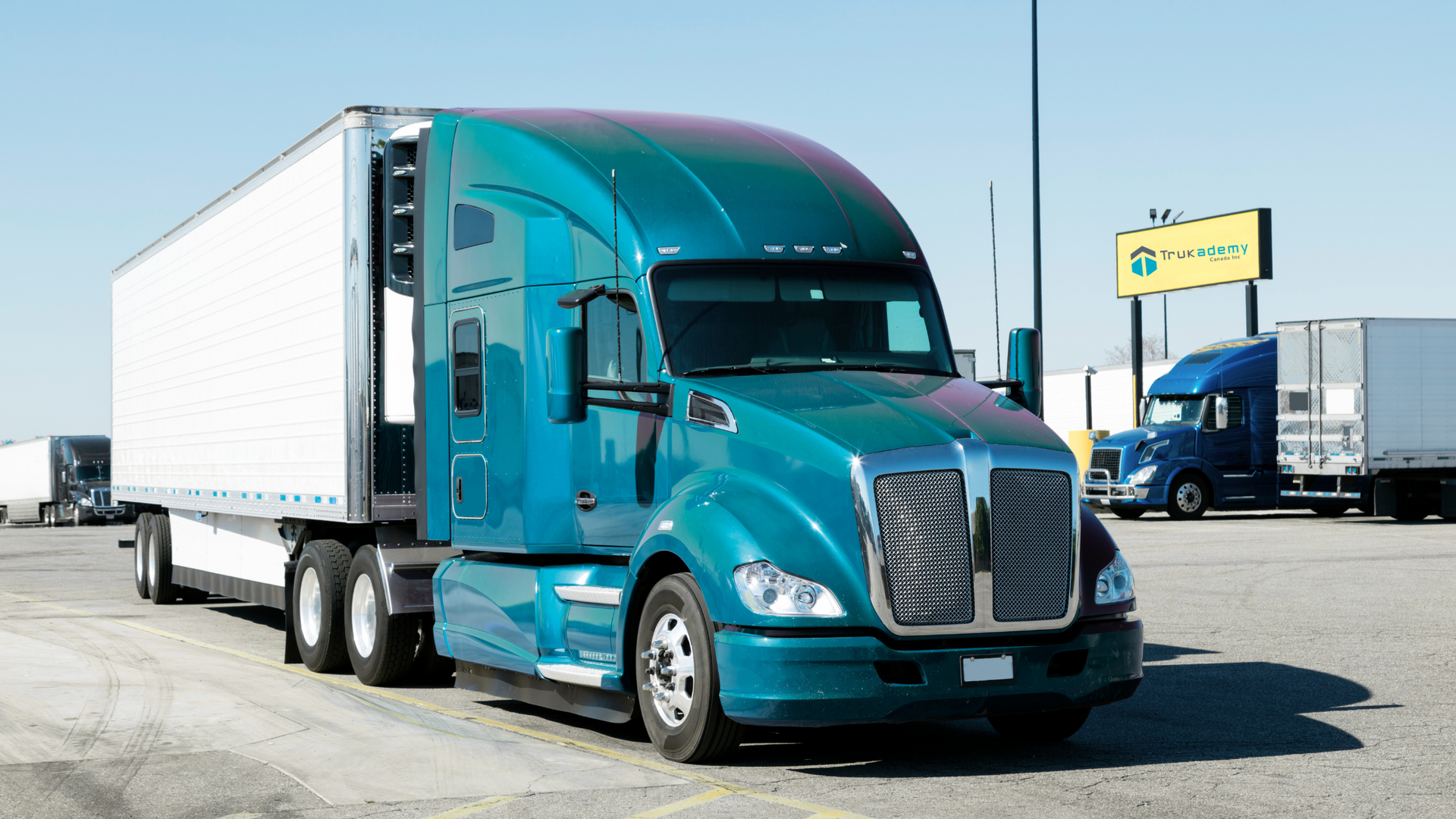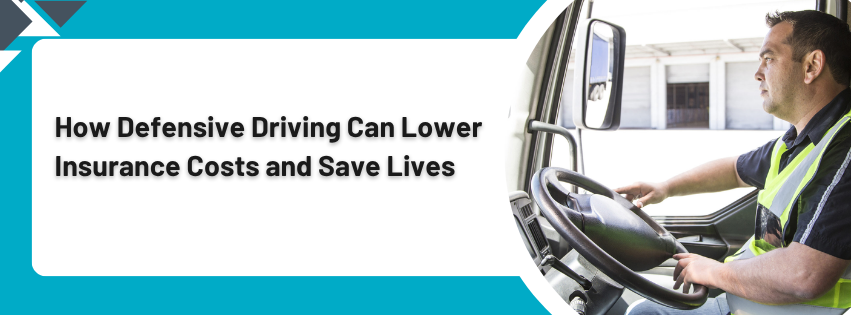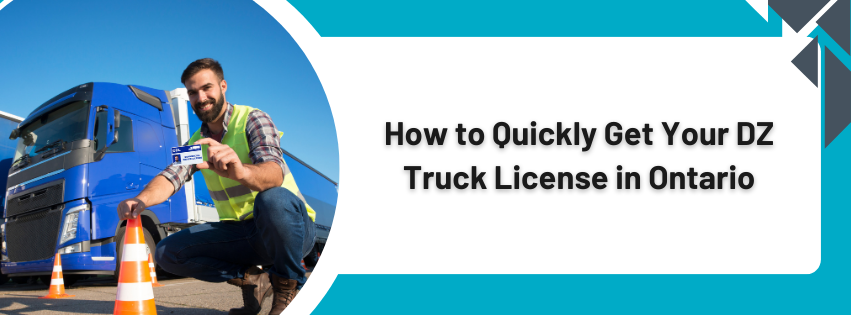Different Types of Commercial Driver's Licenses for Truckers in Canada
Types of Trucking Licenses In Canada

The world of trucking in Canada offers many opportunities, each requiring specific skills and qualifications. One main aspect of starting a career in trucking is obtaining a suitable Commercial Driver's License (CDL) through the right truck driving program
. However, not all CDLs are created equal.
In Canada, different types of CDLs are tailored for various kinds of vehicles and freight. In this guide, we'll break down the requirements, average salaries, and types of vehicles associated with each CDL.
Class 1 License
Truckers can operate tractor-trailer combinations with a Class 1 license, including semi-trucks hauling large trailers or tanker trucks.
Requirements:
To obtain a Class 1 license in Canada, applicants must typically be at least 18 (21 for interprovincial driving), hold a valid Class 5 (non-probationary) driver's license, pass a medical exam, and complete a recognized training program.
Average Salary:
Truckers holding a Class 1 license are often among the highest-paid in the industry. The average trucker with a class 1 license salary can vary depending on experience, region, and employer, but it can range from $50,000 to $100,000
or more annually.
Class 2 License
With a Class 2 license, truckers can operate buses, including school buses, as well as trucks with a single trailer or a bus with a maximum seating capacity of over 24 passengers.
Requirements:
Applicants for a Class 2 license typically need to meet similar requirements to those for a Class 1 license, including age restrictions, a valid Class 5 license, and passing a medical exam. Training programs may also be required.
Average Salary:
Truckers with a Class 2 license can expect competitive salaries, though generally lower than those with a Class 1 license. Average annual salaries range from $40,000 to $80,000
depending on factors such as experience and location.
Class 3 License
With a Class 3 license, truckers can operate heavy trucks with three or more axles, including dump trucks, fire trucks, and large utility trucks.
Requirements:
The requirements for a Class 3 license are similar to those for Class 1 and Class 2 licenses, including age restrictions, a valid Class 5 license, and passing a medical exam. Training may be required depending on the jurisdiction.
Average Salary:
Truckers holding a Class 3 license can earn highly competitive salaries, often ranging from $40,000 to $70,000
annually, depending on experience and employer.
Class 4 License
With a Class 4 license, truckers can operate buses, including ambulances, taxis, and small school buses with a seating capacity of under 25 passengers.
Requirements:
The requirements for a Class 4 license may vary by province but the general requirements are to be above 18 years old, hold a valid Class 5 license, pass a medical exam, and complete a knowledge test.
Average Salary:
Truckers with a Class 4 license can expect a salary ranging between $30,000 to $50,000
annually, depending on factors like the location and employer.
In conclusion, obtaining the right CDL is very important to start a successful trucking career in Canada. Whether you're interested in hauling freight across the country or transporting passengers locally, there's a CDL suited to your needs.
By learning about the requirements, average salaries, and types of vehicles associated with each CDL class, you can make an informed decision about your career paths and take the first step toward achieving your goals in the dynamic world of trucking.
How Trukademy Can Help?
At Trukademy - a leading truck driving school in Ontario
, we provide commercial truck driver programs
that are crafted to equip our students with the necessary skills and knowledge to ace their exams and obtain their Commercial Driver's License (CDL).
We also offer a wide range of high-demand trucking courses such as AZ License Course, truck dispatcher course, defensive driving course, MELT training
, etc…
Our seasoned instructors, combined with flexible training options and a personalized learning curriculum, can make sure that you are well-prepared to start a successful trucking career in the transportation industry.
We're dedicated to assisting aspiring truckers in getting their CDL with:
- Financial Support options
- Over 200 hours of both classroom and practical training
- Course fees that are 100% tax deductible
- Flexible training schedules, whether part-time or full-time
- Personalized support throughout your CDL journey

